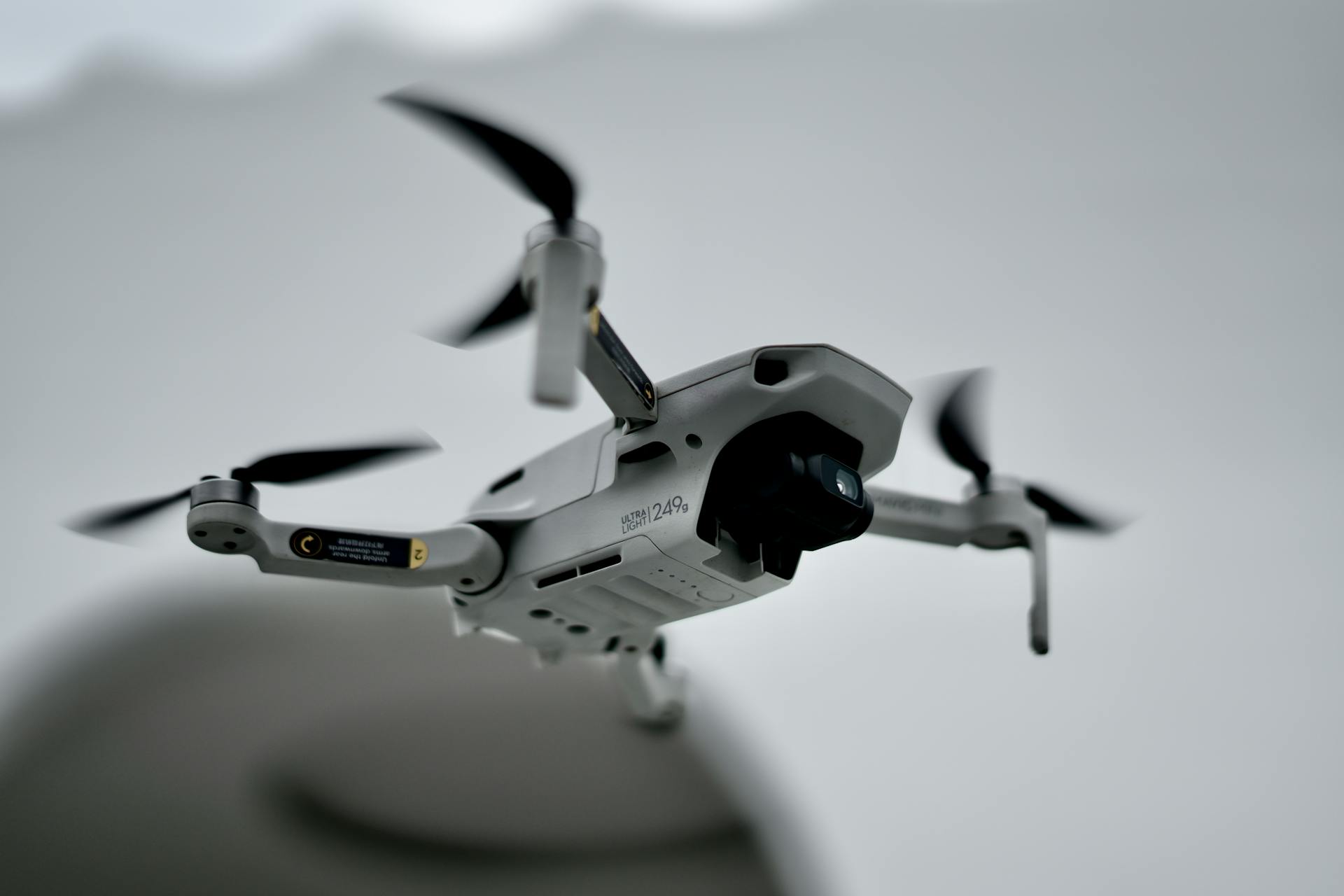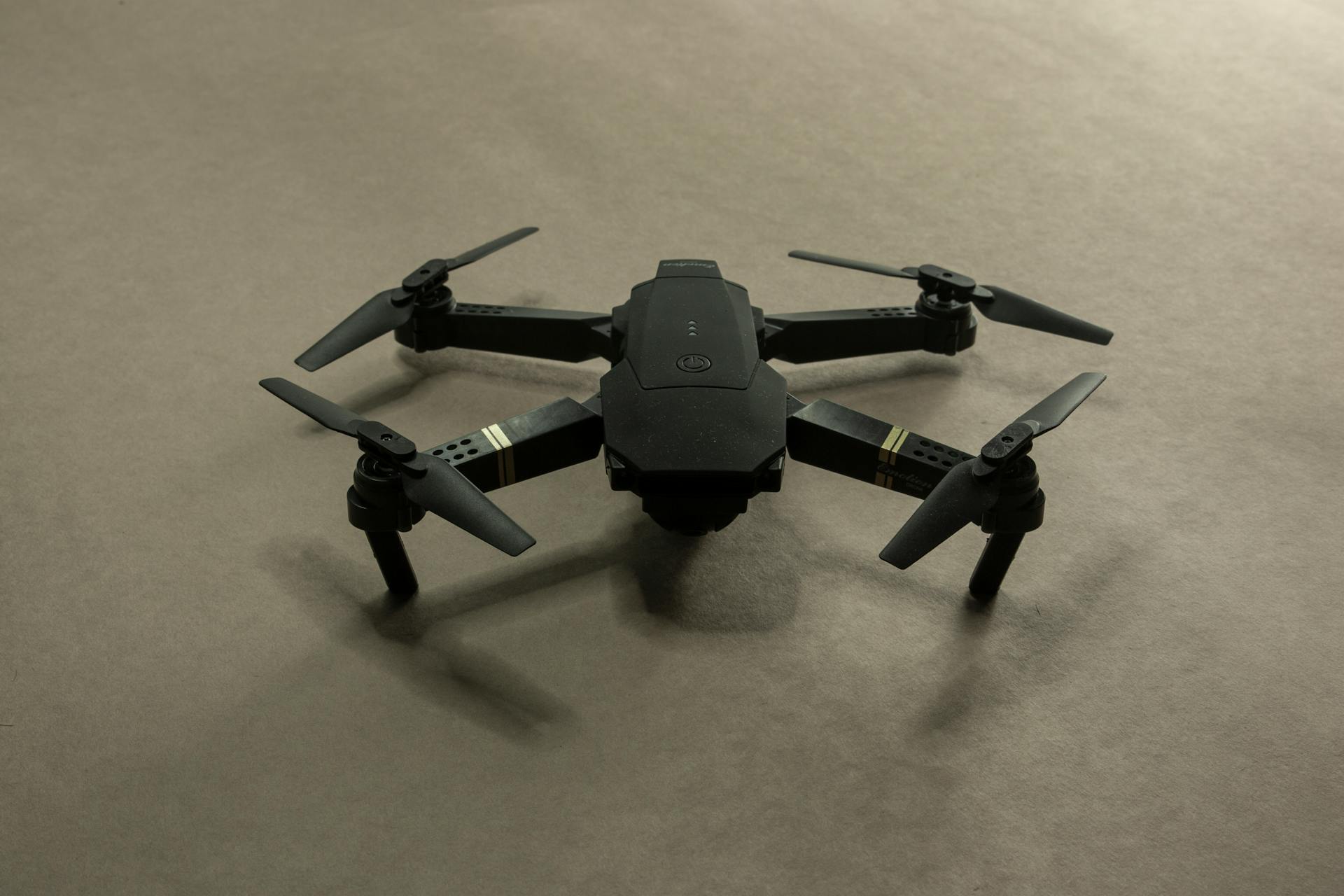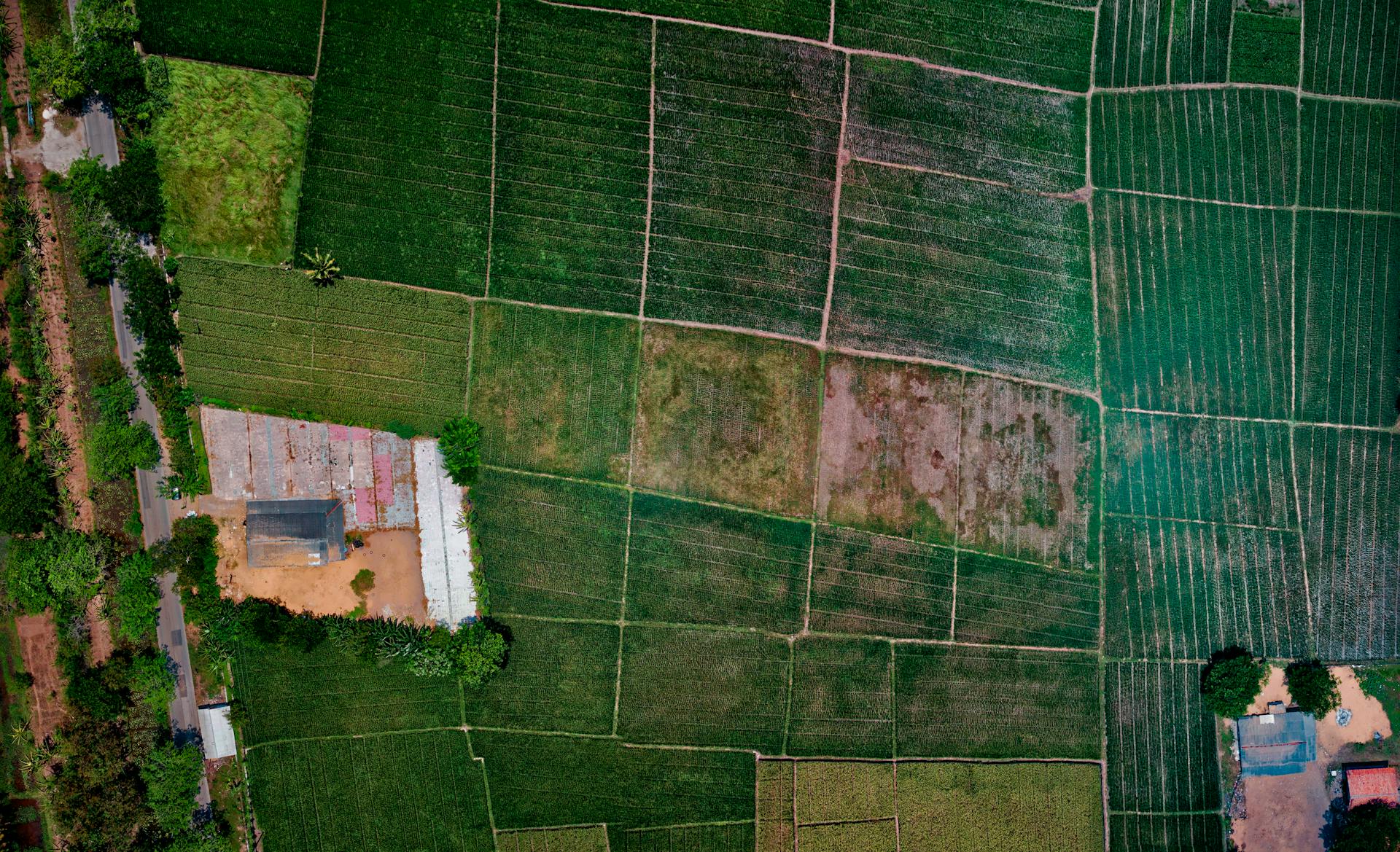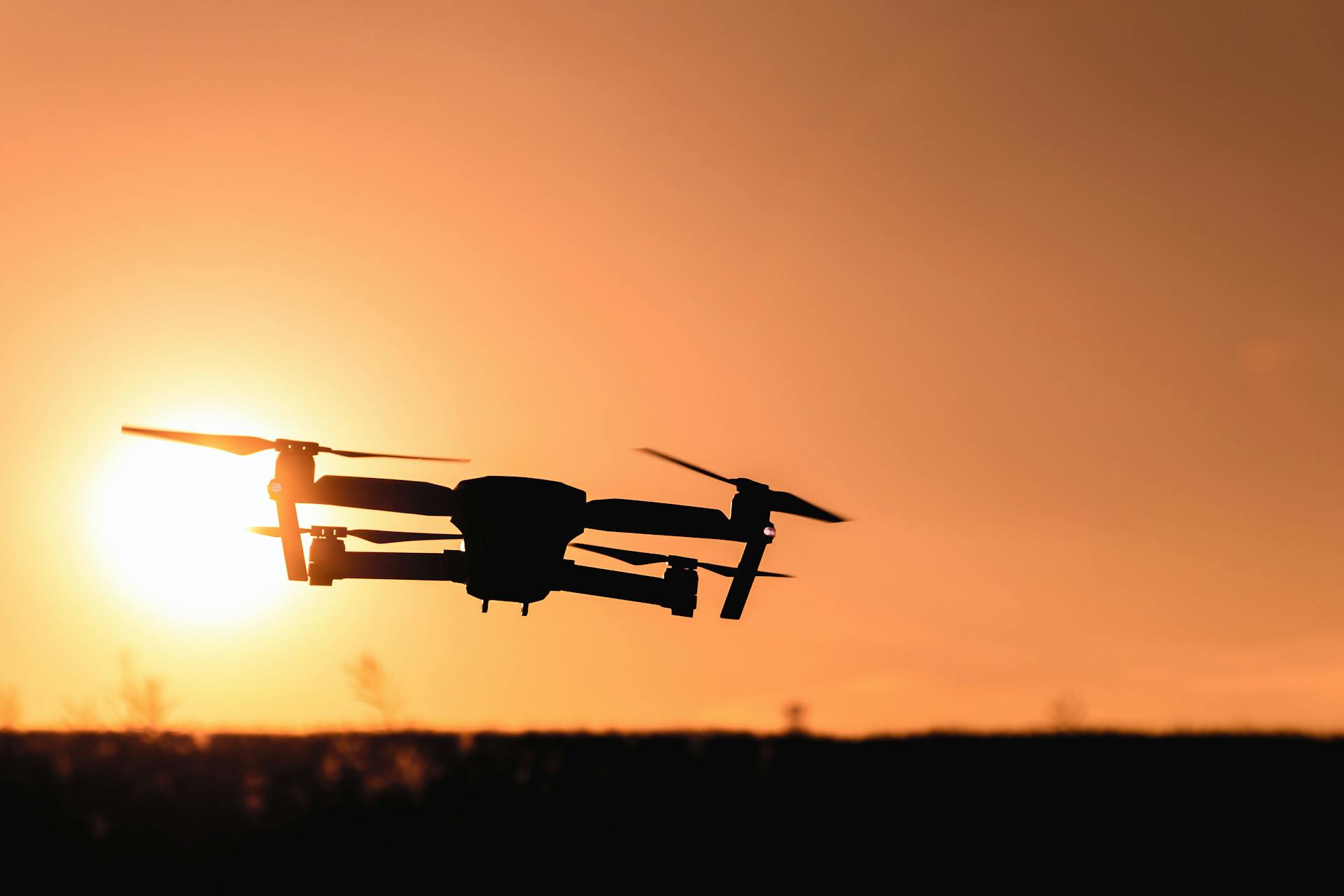
Humanitarian drone technology is revolutionizing the way aid is delivered to those in need. According to a UN report, drones have been used to deliver medical supplies, food, and shelter to disaster-stricken areas.
Drones equipped with specialized sensors can quickly assess damage and identify areas of need, allowing aid workers to prioritize their efforts. This can help save lives and reduce suffering.
One notable example is the use of drones in the aftermath of Hurricane Maria in Puerto Rico, where they were used to deliver medical supplies and communication equipment to isolated areas.
For your interest: Medical Delivery Drones
Drone Technology and Applications
Drone technology has revolutionized the way we approach humanitarian aid, offering a faster and more efficient way to reach remote areas.
Drones can fly up to 45 minutes on a single charge, allowing them to survey large areas quickly and accurately.
With the ability to carry payloads up to 2.2 pounds, drones can transport medical supplies, food, and other essential items to those in need.
Drones equipped with multispectral cameras can detect crop health, soil moisture, and other factors to identify areas that need assistance.
In areas with limited access to medical care, drones can transport medical supplies, such as vaccines and medications, to remote communities.
Drones have been used to deliver aid in disaster zones, including after the 2010 Haiti earthquake and the 2015 Nepal earthquake.
Drones can also be used to monitor and respond to natural disasters, such as wildfires and floods, by providing real-time data and imagery.
Drones have been used to detect and respond to disease outbreaks, such as the 2014 Ebola outbreak in West Africa.
Drones can help map and identify areas of need, such as areas affected by conflict or natural disasters.
Drones equipped with thermal imaging cameras can detect heat signatures, allowing them to locate people trapped under rubble or in areas with limited access.
Drones have been used to deliver aid to refugees and displaced persons, including in the Syrian refugee crisis.
Drones can help monitor and track the distribution of aid, ensuring that it reaches those who need it most.
Healthcare and Humanitarian Impact
The healthcare and humanitarian impact of drones is truly remarkable. In Rwanda, researchers found a 51% reduction in deaths from postpartum hemorrhages after Zipline-delivered blood. This is a significant improvement, considering postpartum hemorrhage accounts for 30% to 50% of maternal deaths each year in sub-Saharan Africa.
Drones have also improved supply chain management in Ghana, where clinics had five fewer days without essential medical supplies after Zipline began operations. This is a testament to the reliability and efficiency of drone delivery.
In Rwanda, blood product expiration was reduced by approximately seven units each month after starting drone delivery. This is a significant reduction, and it's all thanks to the advanced technology of drones.
Drone Use in Response
In response to natural disasters, drones have become a game-changer in healthcare and humanitarian efforts.
Drones can deliver medical supplies and equipment to remote areas quickly, such as portable defibrillators and ventilators.
Their speed and agility allow them to navigate through dense forests and rugged terrain, reaching areas inaccessible by traditional means.
Drones can also provide critical information to healthcare workers, such as aerial views of damaged areas and locations of injured people.
This data helps responders prioritize their efforts and allocate resources more effectively.
In fact, a drone was used to transport a kidney for transplantation in Rwanda, reducing the delivery time to just 30 minutes.
This innovative use of drones has the potential to save countless lives in emergency situations.
Measuring Health Care Impact
Measuring the impact of drone technology on healthcare is crucial to understanding its effectiveness. A study in Rwanda found a 51% reduction in deaths from postpartum hemorrhages due to Zipline-delivered blood.
Postpartum hemorrhage is a leading cause of maternal death in sub-Saharan Africa, accounting for 30% to 50% of maternal deaths each year. In Rwanda, blood product expiration was reduced by approximately seven units each month after starting drone delivery.
Drone technology has advanced significantly, offering improved connectivity and processing power. The drones used in Malawi and Rwanda typically carry a payload of 4 pounds and have a range of approximately 60 miles.
Governments can spare the expense of investing in widespread cold-chain storage because medications and vaccines can be transported quickly to remote clinics from distribution facilities. Drones produce minimal carbon emissions, unlike gas-powered ground vehicles.
A study in Ghana found that clinics had five fewer days without essential medical supplies after Zipline began operations. Drone technology has the potential to address the equity gap in healthcare, improving access to primary health care for under-reached populations.
Ethics and Responsibility
The use of humanitarian drones raises significant ethical concerns.
Corroborating evidence is required to prove human rights violations, but the ability to obtain direct evidence is often limited.
The Humanitarian Innovation Project has developed its own protocol for determining the adequacy of evidence, but its sufficiency for policy-level decision-making is unclear.
The relevance of findings is also unclear due to a lack of access to classified government intelligence.
There is no precedent for the use of this technology, and the project is essentially "making the rules as they go" within the strictures of international law.
Here's an interesting read: Use of UAVs in Law Enforcement
The lack of precedent necessitates a careful ethical appraisal, particularly regarding the potential consequences of acting on incomplete evidence.
Significant questions must be resolved about cross-collaboration between research analysts, governments, and international bodies.
A new legal code may be needed for countries being mapped, but its formulation is a complex task.
The use of private corporation-owned satellites raises questions about national sovereignty and international law.
The satellites are not technically in Sudan's airspace, avoiding a violation of national sovereignty, but the lack of precedent remains a concern.
Satellite Imagery Analysis
Satellite Imagery Analysis is a powerful tool in the humanitarian drone field. It has been used to monitor threats to human security along the Sudan-South Sudan border since 2010.
The Satellite Sentinel Project (SSP) analyzed satellite imagery and built maps and software to track warning signs of threats. This included the accumulation of troops or tanks in an area.
The reports generated by SSP confirmed the destruction of more than six villages in Sudan and provided evidence of eight mass grave sites and indiscriminate civilian bombardment in South Kordofan. This information was subsequently used by the International Criminal Court.
Satellite imagery analysis can effectively track warning signs of threats to human rights before they occur.
For another approach, see: How Are Drones Used for Agricultural Purposes
Building Trust and Capacity
Government investment in aerial logistics using drones improves community health care, especially in remote regions with limited resources and formidable geography.
Evidence is growing that drones not only convey cargo but also affect the behavior of recipients, leading to a shift of trust in the health system.
In Malawi, the Malawi University of Science and Technology developed a drone academy, graduating approximately 1,300 pilots since 2020, many of whom have gone to work for drone companies across the continent.
The drone academy uses a curriculum created by Virginia Tech engineering professor Kevin Kochersberger, which is built around the requirements for the Malawi drone pilot's license, including understanding radio telephony.
Malawi drone pilots are required to demonstrate their skills in a practical flight assessment, take a radio operators course, and pass a medical exam, showcasing the country's commitment to regulating drone operations.
Drone Corridor and Academy
The Drone Corridor and Academy are key components of building trust and capacity in Malawi. The United Nations Children's Fund (UNICEF) developed the Drone Corridor with the Malawi government in 2017, covering over 1,930 square miles.
This designated area allows nongovernmental organizations, companies, and universities to test pilot drones for services like aerial imaging and search and rescue operations. It's a game-changer for health-care workers, who can now work more efficiently knowing a drone will arrive at the clinic's front door on demand.
The Malawi University of Science and Technology developed a drone academy using a curriculum created by Virginia Tech engineering professor Kevin Kochersberger. Since 2020, approximately 1,300 pilots have graduated from the 11-week course.
Many of these graduates have gone on to work for drone companies across the continent, which is a testament to the academy's success. The course is built around what's required for the Malawi drone pilot's license, which includes understanding an element of radio telephony.
For more insights, see: Military Drone Pilot Salary
Building Trust
Building trust in a community is crucial for the success of any health care system. Government investment in aerial logistics has been shown to improve community health care.
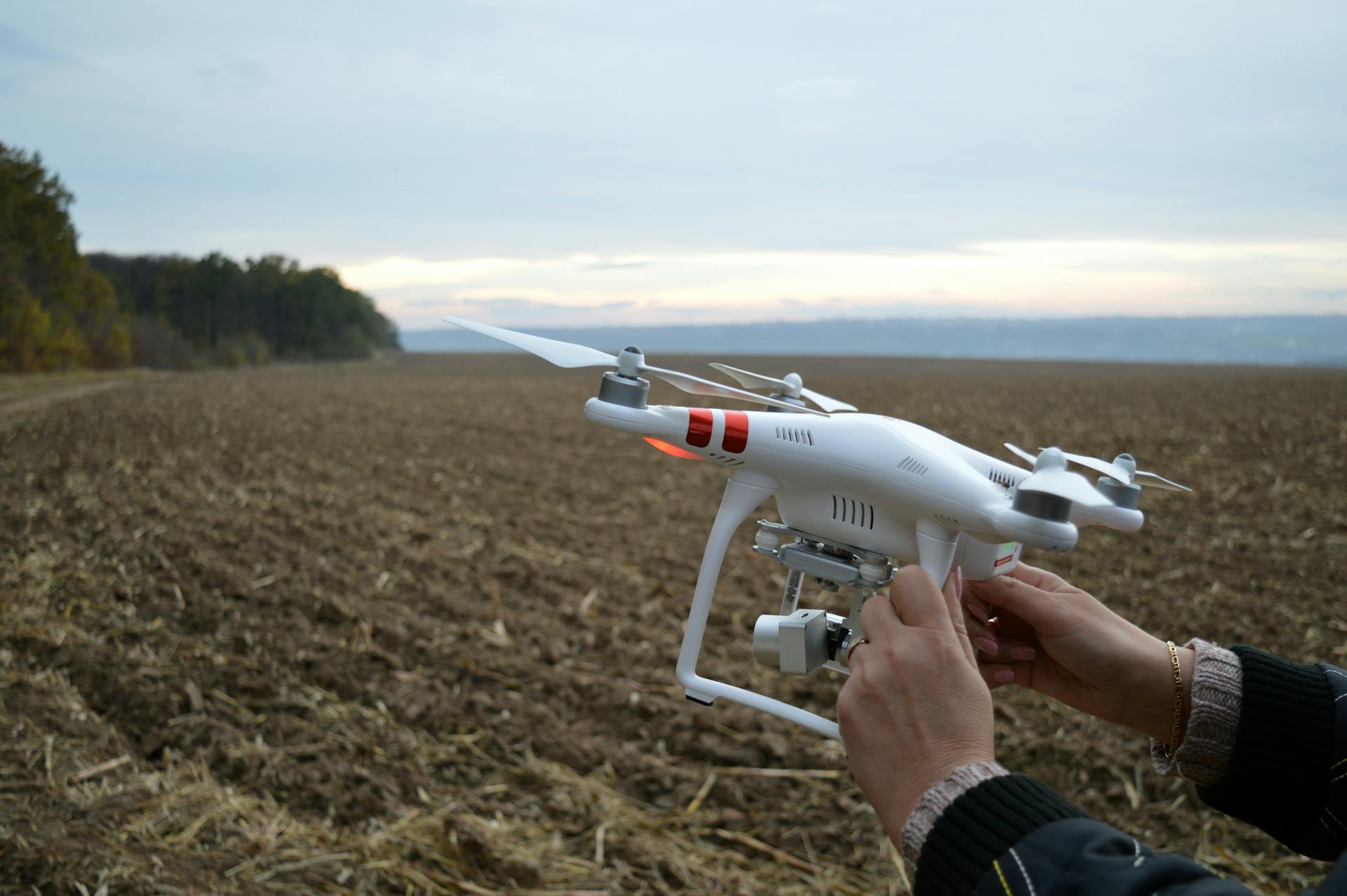
Drones can convey more than just cargo, they also affect the behavior of recipients. People become aware that the clinic is consistently stocked, more will come seeking services.
There is a shift of trust in the health system, says Defawe. This shift is a result of the consistent availability of essential supplies.
Health-care workers can work more efficiently when they know a drone will arrive at the clinic's front door on demand. This reduces the need for them to scramble to obtain essential supplies.
A consistent supply of essential goods has a positive impact on the community's perception of the health system. They begin to trust that the system can meet their needs.
Frequently Asked Questions
What is an eco drone?
An eco drone is a specialized unmanned aerial vehicle that helps plant trees and support biodiversity in hard-to-reach areas. It's a innovative tool in the fight against climate change, making a positive impact on our planet.
Sources
- https://www.thinkglobalhealth.org/article/drones-deliver-humanitarian-aid-africa
- https://humanitarianoutcomes.org/projects/save/drones-in-humanitarian-crises
- https://wp.nyu.edu/schoolofprofessionalstudies-ga_review/humanitarian-drones-uses-and-ethics/
- https://reliefweb.int/report/world/drones-humanitarian-action-guide-use-airborne-systems-humanitarian-crises
- https://journalofethics.ama-assn.org/article/humanitarian-uses-drones-and-satellite-imagery-analysis-promises-and-perils/2015-10
Featured Images: pexels.com
